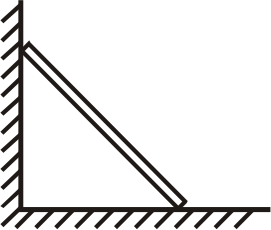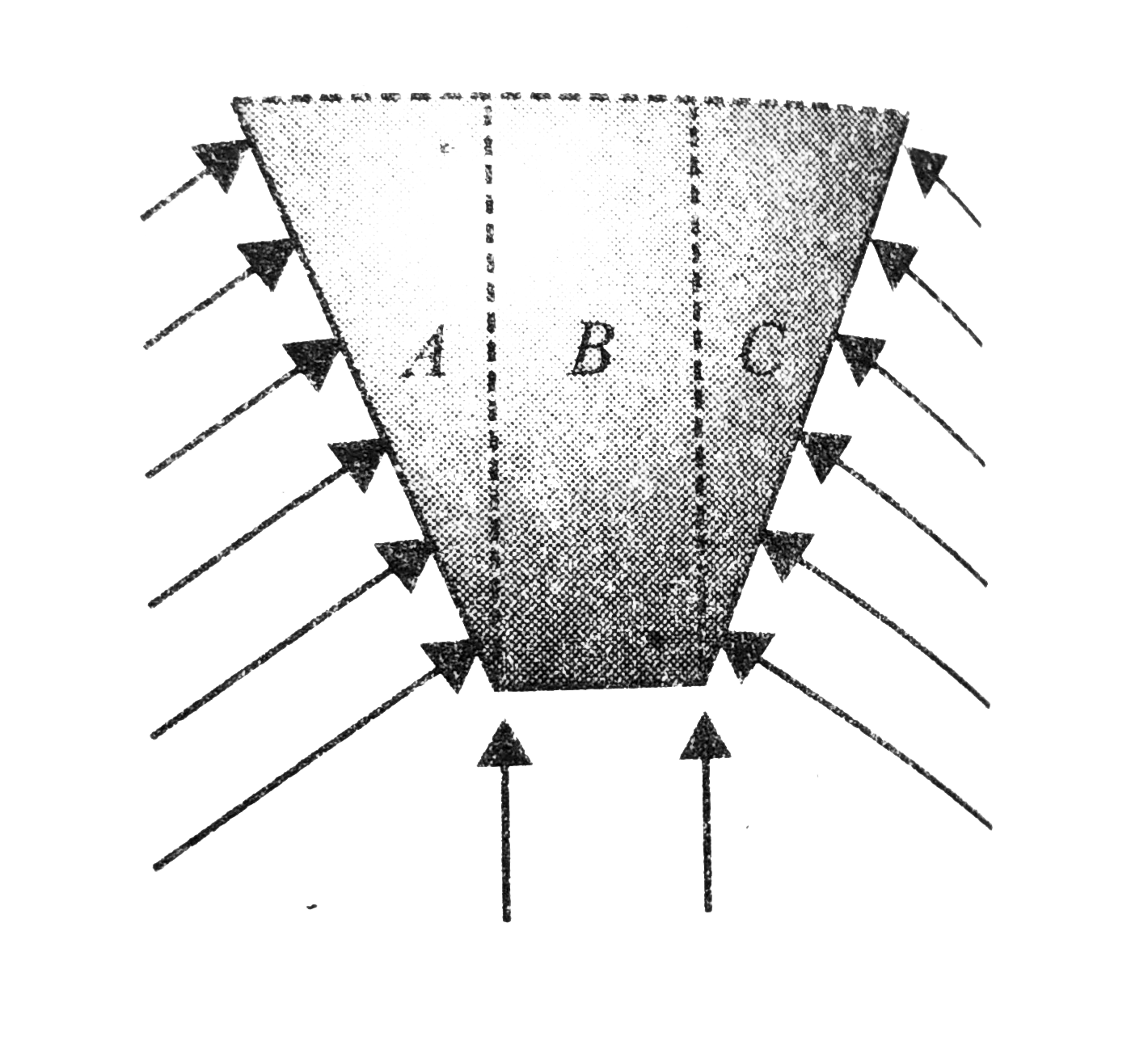End walls of tracheids and vessels respectively are
Pitted & perforated
Perforated & pitted
Both perforated
Both pitted
The correct Answer is:A
To answer the question regarding the end walls of tracheids and vessels, we can break down the information step by step:
1. Understanding Tracheids:
- Tracheids are elongated cells found in the xylem of vascular plants.
- They have thick walls and are primarily responsible for the conduction of water and minerals.
- The end walls of tracheids are characterized by the presence of pits.
2. Understanding Vessels:
- Vessels are also part of the xylem and are composed of vessel elements that are shorter and wider than tracheids.
- Vessels are designed for more efficient water transport.
- The end walls of vessels contain perforation plates, which are openings that allow for the free flow of water between vessel elements.
3. Comparing End Walls:
- The end walls of tracheids are pitted, meaning they have small openings (pits) that facilitate water movement.
- The end walls of vessels are perforated, meaning they have larger openings (perforation plates) that connect vessel elements directly.
4. Conclusion:
- Therefore, the end walls of tracheids are pitted, and the end walls of vessels are perforated.
5. Final Answer:
- The correct answer to the question is: Pitted and Perforated.
- Tracheids are elongated cells found in the xylem of vascular plants.
- They have thick walls and are primarily responsible for the conduction of water and minerals.
- The end walls of tracheids are characterized by the presence of pits.
- Vessels are also part of the xylem and are composed of vessel elements that are shorter and wider than tracheids.
- Vessels are designed for more efficient water transport.
- The end walls of vessels contain perforation plates, which are openings that allow for the free flow of water between vessel elements.
- The end walls of tracheids are pitted, meaning they have small openings (pits) that facilitate water movement.
- The end walls of vessels are perforated, meaning they have larger openings (perforation plates) that connect vessel elements directly.
- Therefore, the end walls of tracheids are pitted, and the end walls of vessels are perforated.
- The correct answer to the question is: Pitted and Perforated.
Topper's Solved these Questions
- BOOK - ALLENCHAPTER - STRUCTURAL ORGANISATION IN PLANTS (MOPRHOLOGY OF FLOWERING PLANTS & ANATOMY OF FLOWERING PLANTS)EXERCISE - Exercise-I (Primary Internal Structure to Secondary Growth)72videos
STRUCTURAL ORGANISATION IN PLANTS (MOPRHOLOGY OF FLOWERING PLANTS & ANATOMY OF FLOWERING PLANTS)
- BOOK - ALLENCHAPTER - STRUCTURAL ORGANISATION IN PLANTS (MOPRHOLOGY OF FLOWERING PLANTS & ANATOMY OF FLOWERING PLANTS)EXERCISE - Exercise-II (Previous Year Questions)1videos
STRUCTURAL ORGANISATION IN PLANTS (MOPRHOLOGY OF FLOWERING PLANTS & ANATOMY OF FLOWERING PLANTS)
- BOOK - ALLENCHAPTER - STRUCTURAL ORGANISATION IN PLANTS (MOPRHOLOGY OF FLOWERING PLANTS & ANATOMY OF FLOWERING PLANTS)EXERCISE - Beginner Box-25videos
STRUCTURAL ORGANISATION IN PLANTS (MOPRHOLOGY OF FLOWERING PLANTS & ANATOMY OF FLOWERING PLANTS)
- BOOK - ALLENCHAPTER - STRATEGIES FOR ENHANCEMENT IN FOOD PRODUCTION & ANIMAL HUSBANDRYEXERCISE - Question47videos
STRATEGIES FOR ENHANCEMENT IN FOOD PRODUCTION & ANIMAL HUSBANDRY
- BOOK - ALLENCHAPTER - STRUCTURAL ORGANISATION OF ANIMALS (ANIMALTISSUE)EXERCISE - S32videos
STRUCTURAL ORGANISATION OF ANIMALS (ANIMALTISSUE)
Similar Questions
Knowledge Check
- Question 1 - Select One
Cells of tracheary elements (trcheids and vessels) become dead at maturity and lose their protoplasm due to the deposition of lignocellulosic cell wall thickenings. This is an example of
AgrowthBdifferentiationCdedifferentitationDredifferentiation - Question 2 - Select One
Pressure applied to an enclosed fluid is transmitted undiminished to every portion of the fluid and the walls of the containing vessel. This law was first formulated by
AReynoldsBBernoulliCPascalDTorricelli
A rod of length l is siding such that one of its ends is always in contact with a vertical wall and its other end is always in contact with horizontal surface. Just after the rod is relased from rest, the magnitude of acceleration of end points of the rod is a and b respectively. The angular acceleration of road at this istant will be
 View Solution
View Solution
Figure A and B represents the section of which types of blood vessels respectively?View SolutionAdjacent tracheids and vessels can transfer sap through thin areas in their walls called
View SolutionTracheids are dead cells.
View SolutionWater and mercury are filled in two cylindrical vessels up to same height. Both vessels have a hole in the wall near the bottom. The velocity of water and mercury coming out of the holes are v1andv2 respectively. Then
View SolutionIn the following figure shown, a liquid is filled into the vessel up to a height h and the forces exerted against the liquid by the walls of the vessel are shown by arrows, the force being everywhere perpendicular to the walls of the vessel. For this situation mark out the correct statement(s).
 View Solution
View Solution

